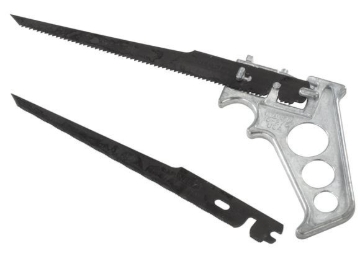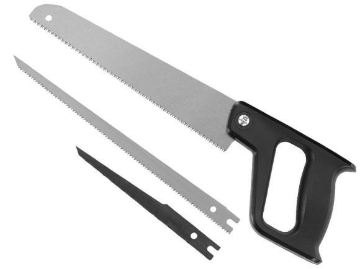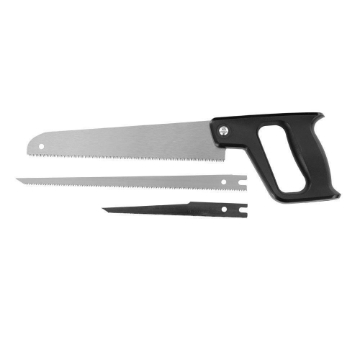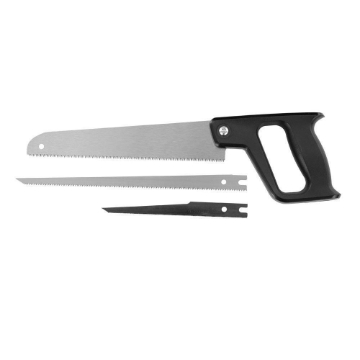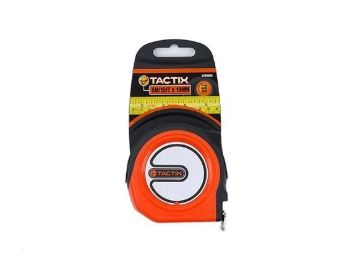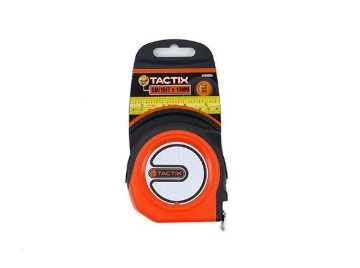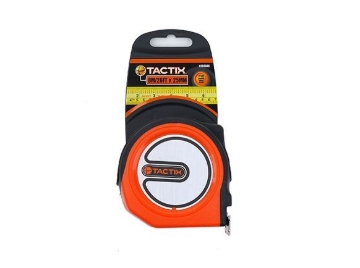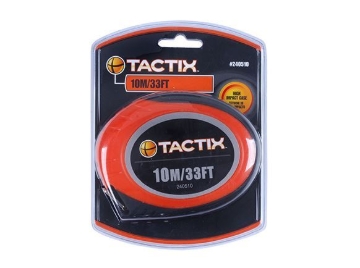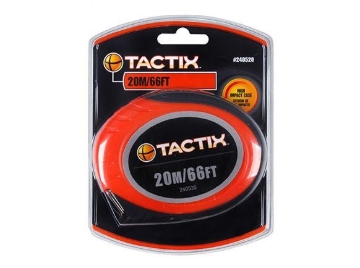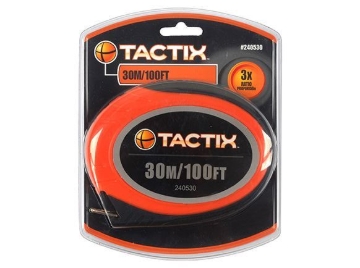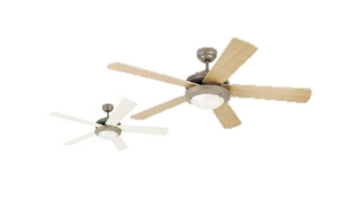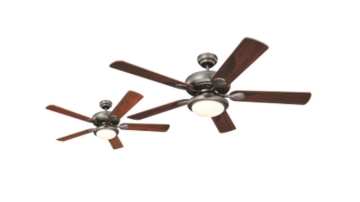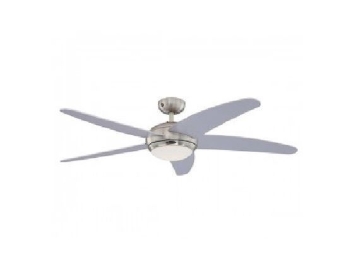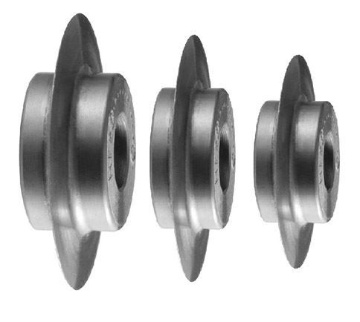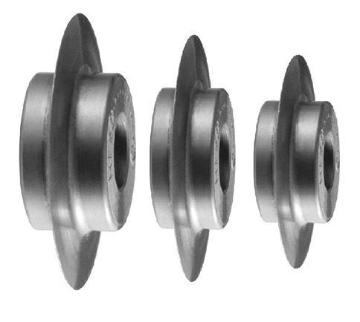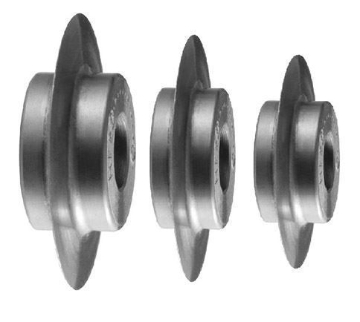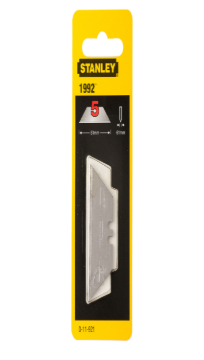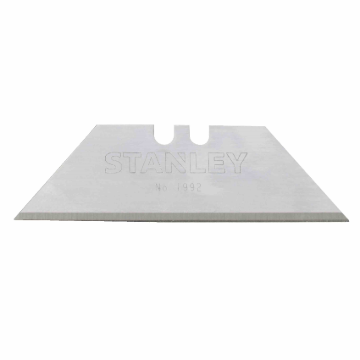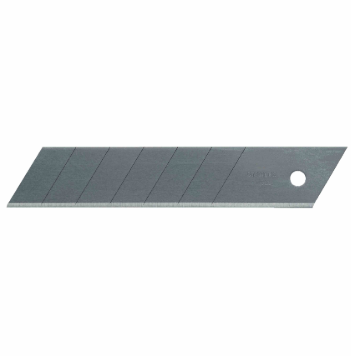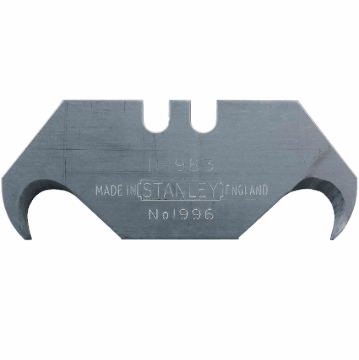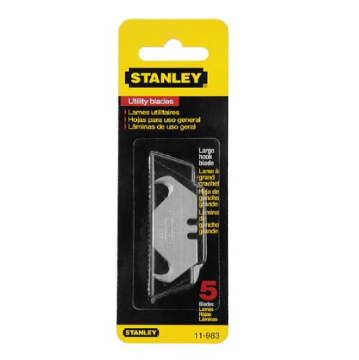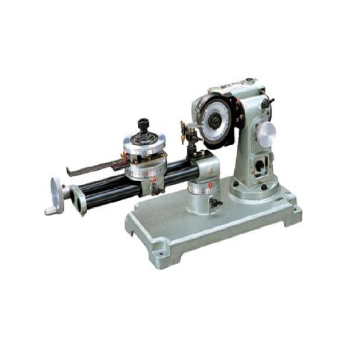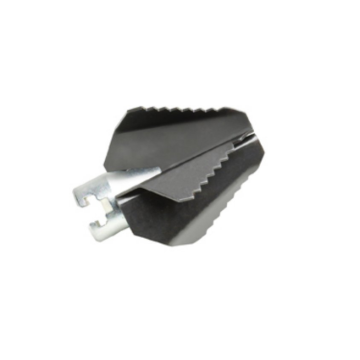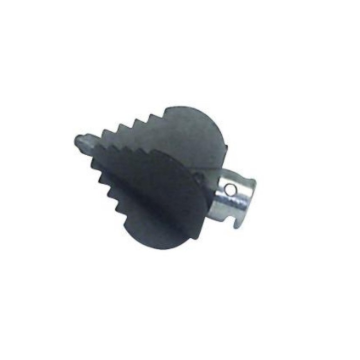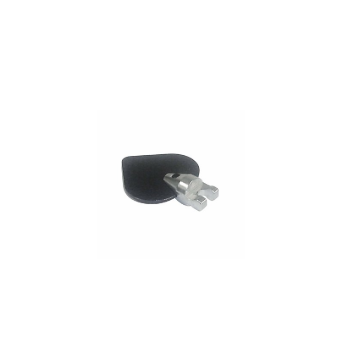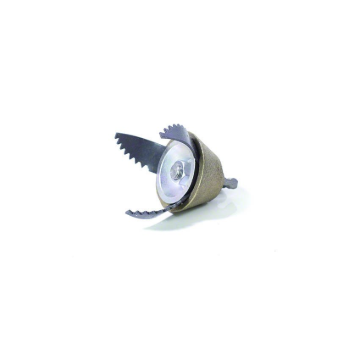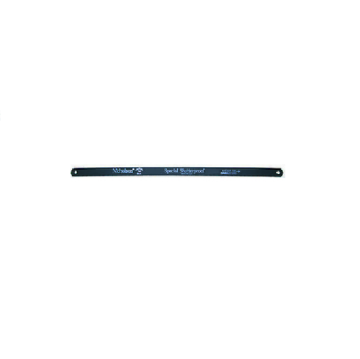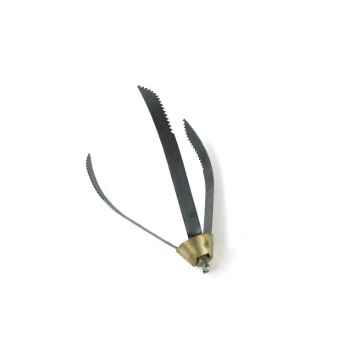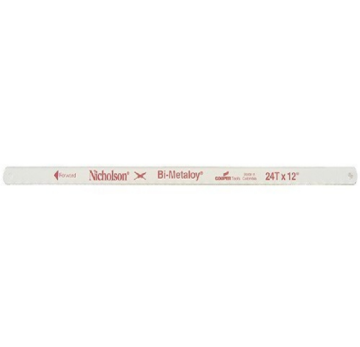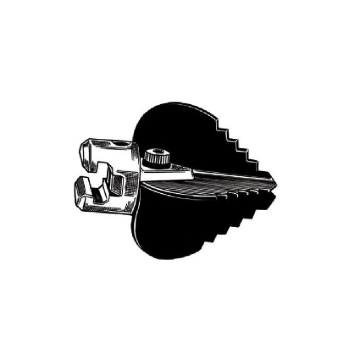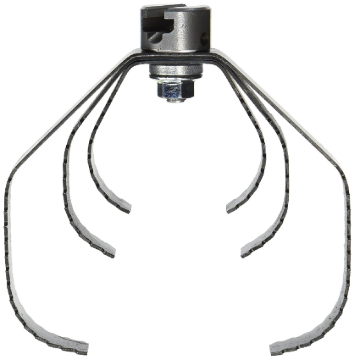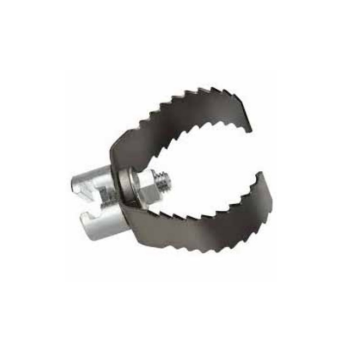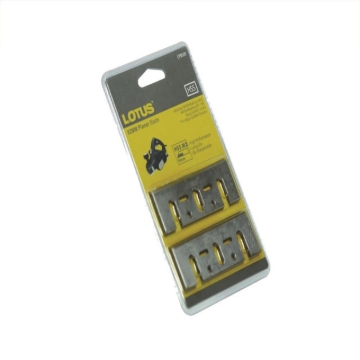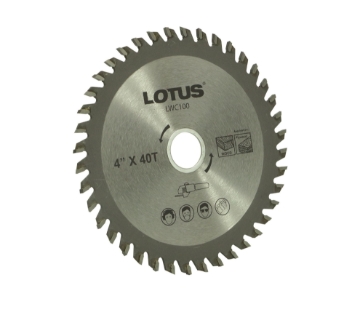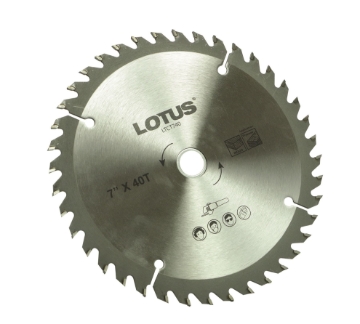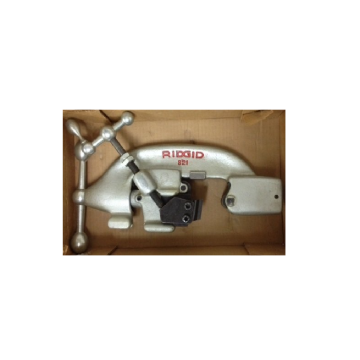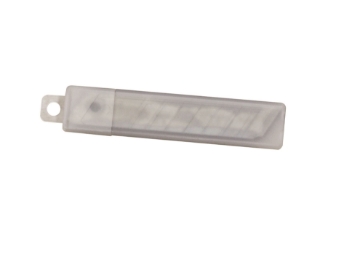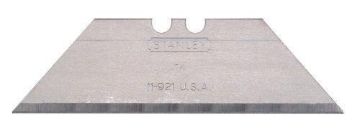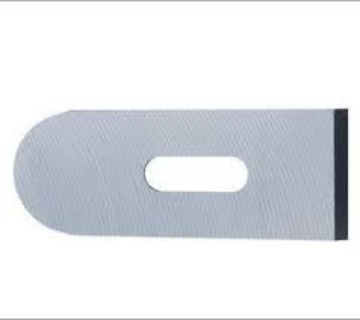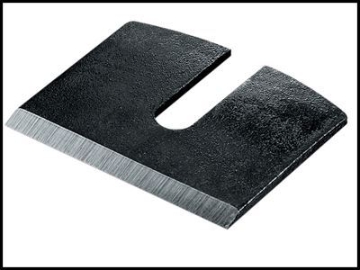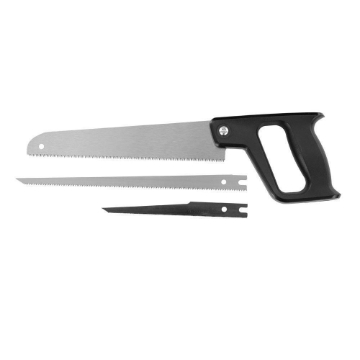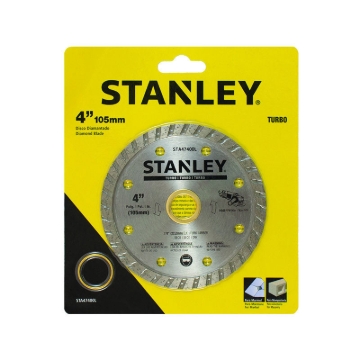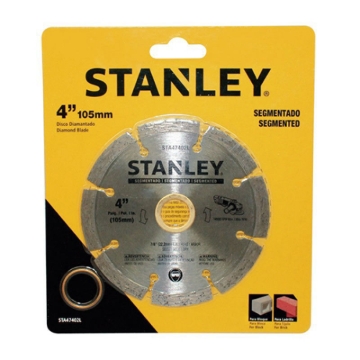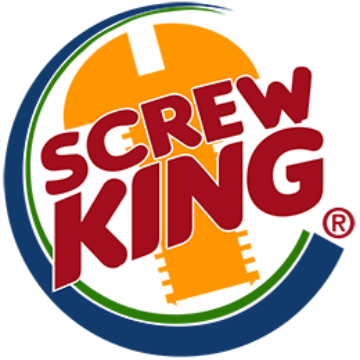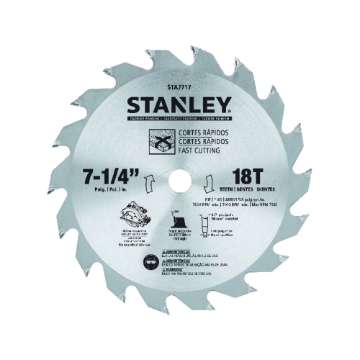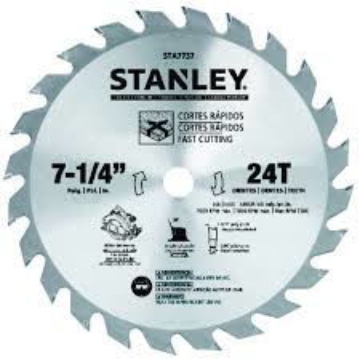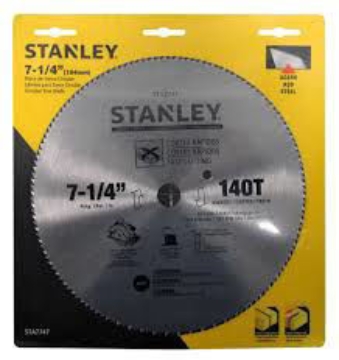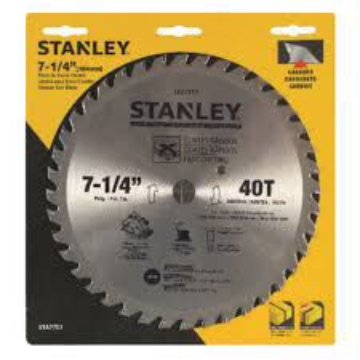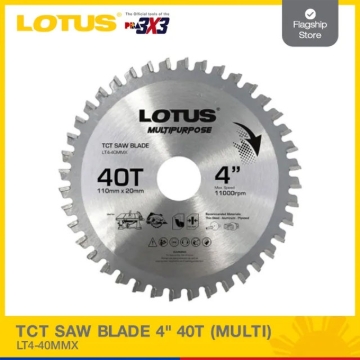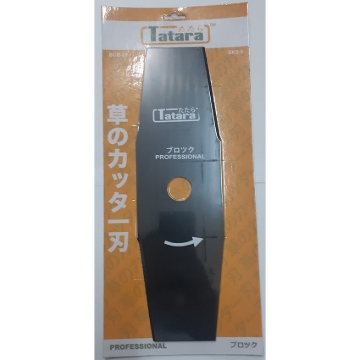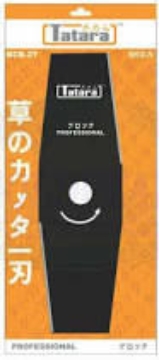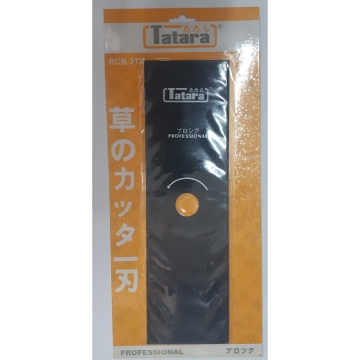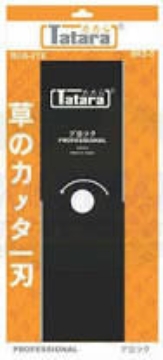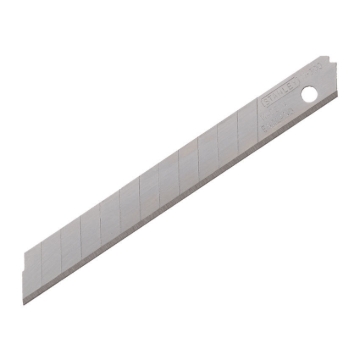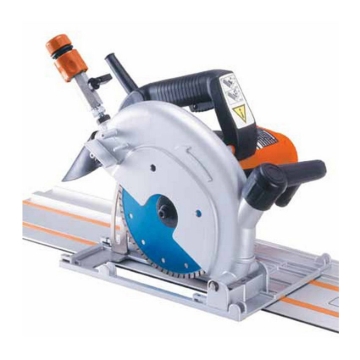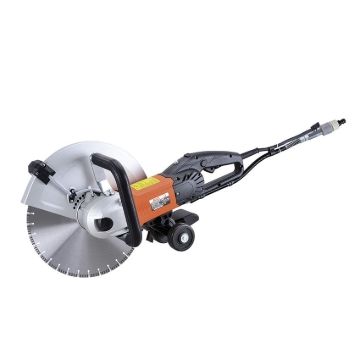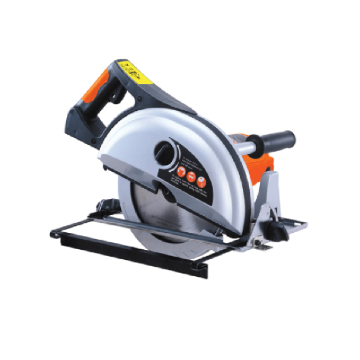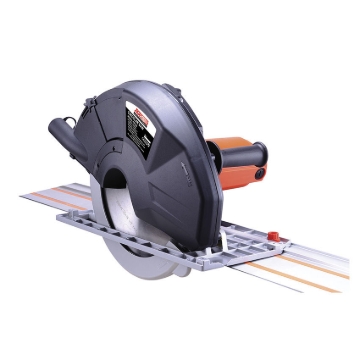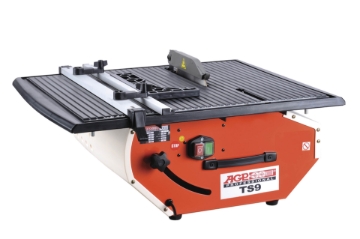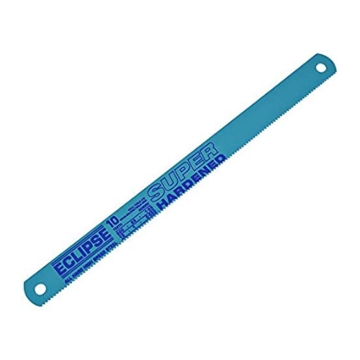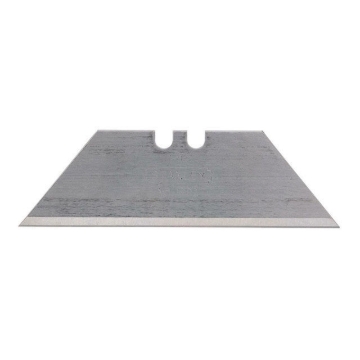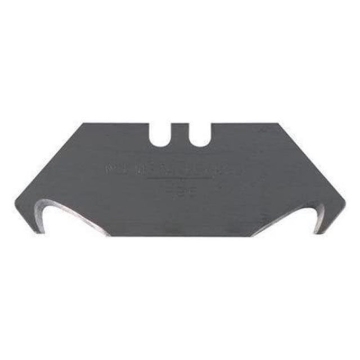Product tags
Related products
Tactix Medium Duty Tape Measure-Nyslik Blade - 5m (16ft.)
ME235383
Tape Measure, 5m/16ft X 19mm/3/4"
₱300.00
Tactix Medium Duty Tape Measure-Nyslik Blade - 8m (26ft.)
ME235385
Tape Measure, 8m/26ft X 25mm/1"
₱488.00
Tactix Long Tape Measure-Steel Blade - 100ft.
ME240530
Tactix Long Tape Measure-Steel Blade - 100ft.
₱700.00
Westinghouse Ceiling fan Swirl, 5-blade 52" Satin Brass Finish
WH5SW52SB4
Ceiling fan Swirl, 5-blade 52" Satin Brass Finish
₱9,000.00
Westinghouse Bethany Rustic Bronze Finish 5 Blades 52" with Mahogany / Rich Walnut Blades
WH5BE52RBB
Cealing Fan
₱9,900.00
Westinghouse Ceiling fan Comet, 5-blade 52" Brushed Pewter
WH5C52BPD
Ceiling fan Comet, 5-blade 52" Brushed Pewter
₱6,500.00
Westinghouse Ceiling fan Contractor's Choice, 5-blade 52" Old Chicago
WH5CC52OC
Ceiling fan Contractor's Choice, 5-blade 52" Old Chicago
₱5,833.00
Westinghouse Ceiling fan Euro Swirl, 5-blade 52" Brushed Nickel
WH5SW52BND
Ceiling fan Euro Swirl, 5-blade 52" Brushed Nickel
₱6,889.00
Stanley Plastic Light-Duty Utility Knife w/ Retractable Blade
10-065
Plastic Light-Duty Utility Knife w/ Retractable Blade
₱120.00
Nicholson Round Blade Slotted Screwdriver, 5/16" x 6"
Round Blade Slotted Screwdriver, 5/16" x 6"
₱30.00
Nicholson SS1218 Shatterproof 12" x 18 TPI Hacksaw Blade (Boxed)
SS1218 Shatterproof 12" x 18 TPI Hacksaw Blade (Boxed)
₱27.00
Nicholson NF1024 Bi-Metaloy® 10" x 24 TPI Hacksaw Blade (Boxed)
NF1024 Bi-Metaloy® 10" x 24 TPI Hacksaw Blade (Boxed)
₱27.00
Ridgid Shark Tooth Cutter w/ 3 Blades (3", 4", 5"), 98030
98030
Ridgid Shark Tooth Cutter w/ 3 Blades (3", 4", 5")
₱13,700.00
Lotus LJB024 Jigsaw Blade MK-HSS (Thin Metal)
LJB024
LJB024 Jigsaw Blade MK-HSS (Thin Metal)
From ₱169.00
Ridgid No. 821 - Blade-Type Cut-Off and Chamfering Tool for Model 535
42395
Blade-Type Cut-Off and Chamfering Tool
₱45,000.00
Stanley Circular Saw Blade Carbide Teeth 18T x 7 1/4
STSTA7717AE
STANLEY CIRCULAR SAW BLADE CARBIDE TEETH 18T X 7-1/4"
₱755.00
Stanley Circular Saw Blade Carbide Teeth 24T x 7-1/4
STSTA7737AE
STANLEY CIRCULAR SAW BLADE CARBIDE TEETH 24T X 7-1/4
₱880.00
Stanley Circular Saw Blade Carbide Teeth 140T x 7-1/4
STSTA7747AE
STANLEY CIRCULAR SAW BLADE CARBIDE TEETH 140T X 7 - 1/4
₱705.00
Stanley Circular Saw Blade Carbide Teeth 40T x 7-1/4"
STSTA7757AE
STANLEY CIRCULAR SAW BLADE CARBIDE TEETH 40T X 7-1/4"
₱1,005.00
Stanley Dynagrip Snap Off Blade Knife- STSTHT104098
STSTHT104098
DYNAGRIP SNAP OFF BLADE KNIFE 9MM, 5-1/4"
₱235.00
Stanley Dynagrip Snap Off Blade Knife- STSTHT104188
STSTHT104188
DYNAGRIP SNAP OFF BLADE KNIFE 18MM 6-1/2"
₱350.00
Stanley Dynagrip Snap Off Blade Knife- ST10425
ST10425
DYNAGRIP SNAP OFF BLADE KNIFE 25MM,177MM/7"
₱555.00
Stanley Knife Blades- ST11300T
ST11300T
KNIFE BLADES 9MM 10PCS, 18MM 10 PCS S/O BLADE Q-PT 25MM 10PCS
From ₱155.00
Stanley Spokeshave-Blade For Boxed - ST12336
ST12336
SPOKESHAVE-BLADE FOR BOXED 45MM/1-3/4"
From ₱300.00
Stone Cutting Circular Saw Without 7" Diamond Blade SCS7
SCS7
Stone Cutting Circular Saw Without 7" Diamond Blade
₱59,200.00
Metal Cutting Circular Saw Without Saw Blade CS200
CS200
Metal Cutting Circular Saw Without Saw Blade
₱38,150.00
Metal Cutting Circular Saw Without Saw Blade CS320
CS320
Metal Cutting Circular Saw Without Saw Blade
₱77,600.00
Dewalt Saw Blade for Wood Cutting Saw Blade, 7-1/4 x 60T DWA03760-B1
DWA03760-B1
Dewalt Saw Blade for Wood Cutting Saw Blade, 7-1/4 x 60T
₱900.00 ₱585.00
Stanley Retractable Blade Classic 1992 10 Pcs/Dispenser 61mm/2-7/16", ST11921T
ST11921T
Stanley Retractable Blade Classic 1992 10 Pcs/Dispenser 61mm/2-7/16"
₱220.00
Stanley Knife Blade Lar Hook Carded 1-7/8", ST119830
ST119830
Stanley Knife Blade Lar Hook Carded 1-7/8"
₱120.00

